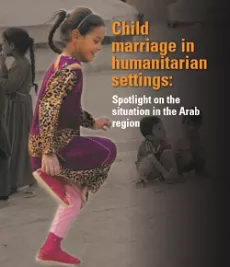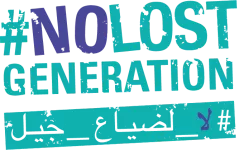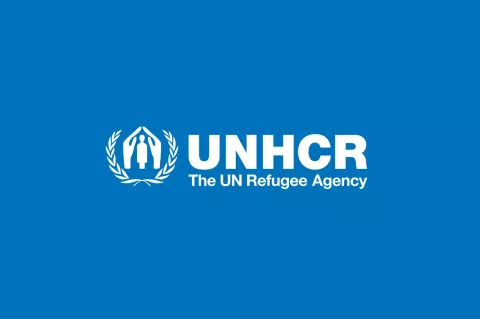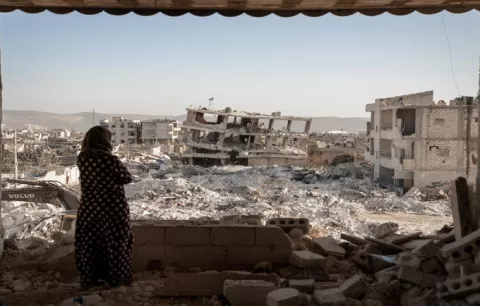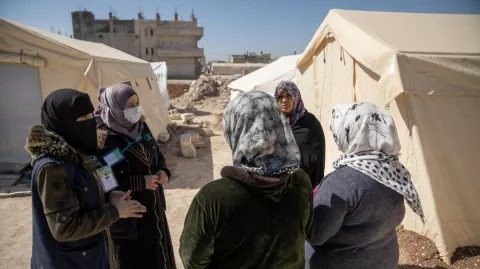Child marriage in humanitarian settings: Spotlight on the situation in the Arab region
UNFPA, CARE, UNICEF, Terre des hommes, Women's Refugee Commission, University of Bedfordshire
Highlights
Child marriage can result in devastating consequences for girls including sexually transmitted diseases such as HIV, risky pregnancies, lifelong birth related complications, sexual and reproductive health diseases, not to mention maternal mortality and higher risk of domestic violence. Emerging evidence tells us that the risk of child marriage is exacerbated in humanitarian crisis. According to a recent multicountry secondary analysis conducted by UNICEF and ESCWA on the impact of conflict on children, child marriage was one of the issues identified to be most sensitive to conflict in some countries.
In the MENA region, nine countries face or are impacted by humanitarian crisis. Despite this, child marriage programming is often not prioritized in humanitarian settings. This causes risk of serious set-backs in the gains made by countries affected by child marriage, including in countries that were on track to eliminate child marriage before the crisis erupted.
